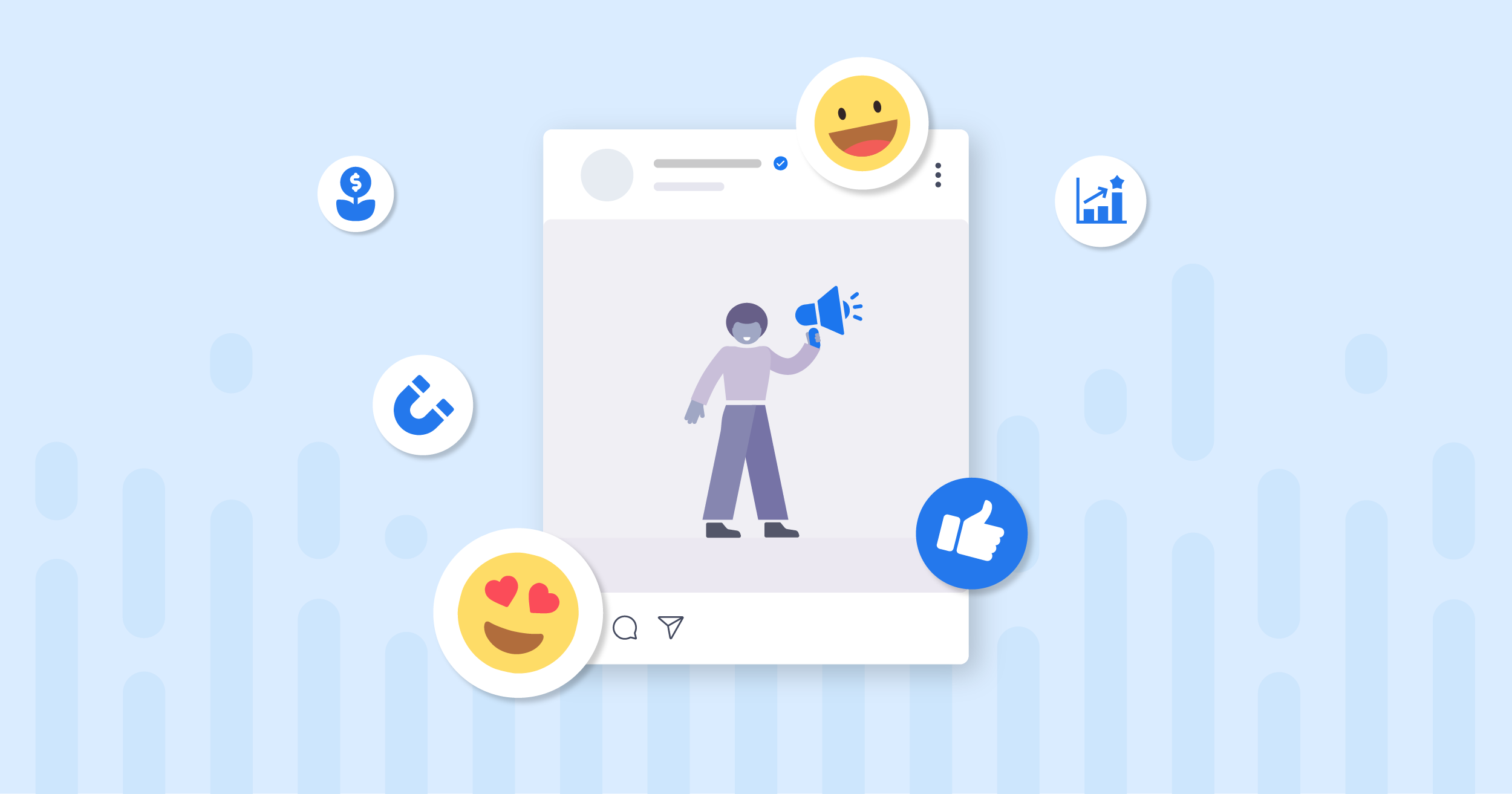In today’s digital age, influencer marketing has emerged as a powerful strategy for brands to connect with their target audience authentically. With millions of influencers across various social media platforms, managing and monitoring their impact on campaigns can be daunting. This is where influencer monitoring tools come into play, providing comprehensive insights and analytics to streamline the process.
Introduction to Influencer Monitoring Tools

Influencer monitoring tools are software solutions designed to track, analyze, and optimize influencer marketing campaigns. These tools offer a wide range of features to help brands identify relevant influencers, monitor their performance, and measure the impact of their collaborations.
Key Features of Influencer Monitoring Tools
- Social Media Platforms Covered: Influencer monitoring tools support various social media platforms, including Instagram, YouTube, TikTok, Twitter, and Facebook, allowing brands to monitor influencers across multiple channels.
- Audience Demographics Insights: These tools provide detailed demographic data about the followers of influencers, helping brands ensure that their campaigns reach the right target audience.
- Engagement Metrics Tracking: From likes and comments to shares and impressions, influencer monitoring tools track various engagement metrics to gauge the effectiveness of influencer collaborations.
- Competitor Analysis Features: Some tools offer competitor analysis features, also, allowing brands to benchmark their performance against competitors and identify opportunities for improvement.
Benefits of Using Influencer Monitoring Tools
By leveraging influencer monitoring tools, brands can unlock several benefits:
- Improved Targeting and Audience Reach: By analyzing audience demographics, brands can identify influencers who resonate with their target audience, resulting in more effective campaigns.
- Enhanced Campaign Performance Tracking: Real-time analytics provided by these tools enable brands to track the performance of their influencer campaigns and make data-driven decisions to optimize results.
- Streamlined Influencer Management: Influencer monitoring tools streamline the process of identifying, contacting, and managing influencers, saving time and resources for brands.
- Competitive Advantage in the Market: Brands that utilize influencer monitoring tools gain a competitive edge by staying ahead of industry trends and leveraging data to refine their influencer marketing strategies.
Top Influencer Monitoring Tools in the Market
Several influencer monitoring tools dominate the market, each offering unique features and functionalities:
- AIM Insights: AIM Insights provides real-time monitoring of influencers and brand mentions across social media platforms, allowing brands to track their online presence and measure sentiment.
- Brandwatch: Brandwatch offers comprehensive social listening and analytics capabilities, enabling brands to monitor conversations, identify influencers, and track campaign performance.
- BuzzSumo: BuzzSumo specializes in content discovery and influencer identification, helping brands identify trending topics and collaborate with relevant influencers to amplify their message.
- Socialbakers: Socialbakers offers a suite of social media marketing tools, including influencer analytics, content management, and performance tracking, empowering brands to optimize their social media presence.
- Hootsuite: Hootsuite is a popular social media management platform that includes influencer monitoring features, also, allowing brands to manage multiple social media accounts, schedule posts, and track engagement metrics.
How to Choose the Right Influencer Monitoring Tool
When selecting an influencer monitoring tool, it’s essential to consider the following factors:
- Define Your Goals and Objectives: Determine what you aim to achieve with influencer marketing and choose a tool that aligns with your objectives.
- Consider Your Budget and Resources: Evaluate the pricing plans and features offered by different tools to find one that fits your budget and resource constraints.
- Evaluate User Interface and Ease of Use: Look for a tool with an intuitive user interface and easy-to-use features to streamline the monitoring process.
- Look for Comprehensive Analytics and Reporting: Choose a tool that offers robust analytics and reporting capabilities to track the performance of your influencer campaigns effectively.
Best Practices for Utilizing Influencer Monitoring Tools
To maximize the effectiveness of influencer monitoring platforms, consider the following best practices:
- Regularly Monitor Influencer Performance: Keep track of key metrics such as engagement rates and audience demographics to assess the effectiveness of influencer collaborations.
- Adjust Strategies Based on Real-Time Data: Use insights from influencer monitoring tools to refine your strategies and optimize campaign performance.
- Foster Relationships with Top-Performing Influencers: Cultivate strong relationships with influencers who consistently deliver results, as they can become valuable brand advocates.
- Stay Updated on Industry Trends and Changes: Keep abreast of changes in social media algorithms and influencer trends to stay ahead of the competition.
Challenges and Limitations
While influencer monitoring platforms offer valuable insights, they also come with challenges and limitations:
- Data Accuracy and Reliability Issues: The accuracy of data provided by influencer monitoring tools may vary, leading to potential inaccuracies in performance metrics.
- Over-Reliance on Metrics: Brands should not solely rely on quantitative metrics and should consider qualitative factors such as brand alignment and authenticity.
- Difficulty in Measuring Qualitative Aspects: Measuring the qualitative aspects of influencer collaborations, such as brand perception and sentiment, can be challenging for monitoring tools.
- Integration with Other Marketing Tools: Integrating influencer monitoring platforms with other marketing platforms and systems may pose technical challenges and require additional resources.
Future Trends
As technology continues to evolve, influencer monitoring platforms are expected to evolve with it. Some future trends in this space include:
- Artificial Intelligence and Machine Learning Integration: AI and ML algorithms will enhance the capabilities of influencer monitoring tools, enabling more accurate prediction and analysis of influencer performance.
- Enhanced Predictive Analytics: Influencer monitoring tools will incorporate predictive analytics features to forecast trends and identify potential opportunities for brands.
- Integration with E-commerce Platforms: Influencer monitoring tools will integrate with e-commerce platforms to track the impact of influencer campaigns on sales and revenue.
- Personalization and Customization Features: Tools will offer more personalized and customizable features, also, allowing brands to tailor their influencer marketing strategies to specific target audiences.
Conclusion
Influencer monitoring tools play a crucial role in optimizing influencer marketing strategies by providing brands with actionable insights and analytics. By leveraging these tools effectively, brands can enhance targeting, improve campaign performance, and gain a competitive edge in the market. Ready to take your influencer marketing to the next level? Request a demo from AIM Technologies today and unlock the full potential of influencer monitoring tools.
FAQs
What are influencer monitoring platforms, and how do they differ from social media management platforms?
- Influencer monitoring platforms specialize in tracking and analyzing influencer activity, including audience demographics, engagement metrics, and campaign performance. In contrast, social media management platforms offer a broader range of features, including content scheduling, community management, and analytics.
How do influencer monitoring platforms help brands identify relevant influencers for their campaigns?
- Influencer monitoring platforms provide comprehensive databases of influencers across various social media platforms, allowing brands to search for influencers based on specific criteria such as niche, audience demographics, and engagement metrics.
What role do influencer monitoring platforms play in measuring the ROI of influencer marketing campaigns?
- Influencer monitoring platforms track key performance indicators such as engagement rates, reach, and conversions, enabling brands to measure the effectiveness of their influencer collaborations and calculate their return on investment.
Are influencer monitoring platforms suitable for small businesses, or are they more suited to larger enterprises?
- Influencer monitoring platforms cater to businesses of all sizes, offering scalable solutions tailored to their needs and budgets. Small businesses can benefit from the insights provided by these tools to optimize their influencer marketing strategies and compete effectively in the market.
What are some common mistakes to avoid when using influencer monitoring platforms?
- Some common mistakes to avoid include relying solely on quantitative metrics, neglecting qualitative aspects such as brand alignment and authenticity, and failing to adapt strategies based on real-time data insights. It’s essential to use influencer monitoring platforms as part of a comprehensive marketing strategy and to continuously evaluate and refine tactics for optimal results.


